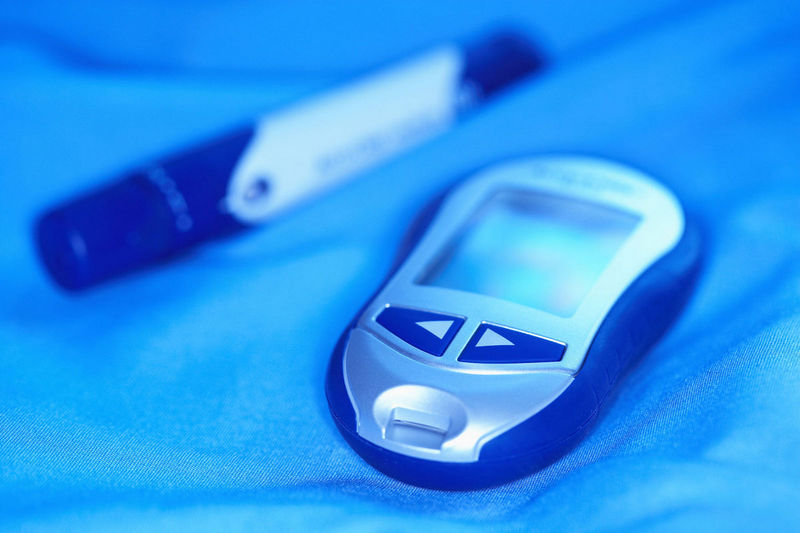
THURSDAY, Dec. 15 (HealthDay News) — Lack of time is a common reason cited for not exercising, but new research suggests that several short intensive workouts a week may help lower blood sugar levels similarly to longer, more regular exercise regimens.
The small, new study found that 30 minutes of high-intensity exercise a week — a total exercise time of 75 minutes a week with warm-up and cool-down included — could lower blood sugar levels for 24 hours after exercise, and help prevent post-meal blood sugar spikes in people with type 2 diabetes.
“If people are pressed for time — and a lot of people say they don’t have enough time to exercise — our study shows that they can get away with a lower volume of exercise that includes short, intense bursts of activity,” said the study’s senior author, Martin Gibala, professor and chair of the department of kinesiology at McMaster University in Hamilton, Ontario, in Canada.
Results of the study are published in the December issue of the Journal of Applied Physiology.
Experts already know that exercise can lower blood sugar levels, according to the U.S. National Institute of Diabetes and Digestive and Kidney Diseases. Muscles use glucose as fuel, so any type of activity can bring blood sugar levels down. Exercise also helps the body use insulin more efficiently, which in turn, helps the body use more glucose.
Current recommendations from the American Diabetes Association suggest that people with diabetes should try to get at least 150 minutes of moderate to vigorous exercise each week. That’s about 30 minutes a day, most days of the week.
But, not everyone has time to do that much exercise, Gibala noted. So he and his colleagues wanted to see if high-intensity exercise, done for a shorter time, could also have an impact on blood sugar levels.
The study included eight people with type 2 diabetes. Their average age was 63, and their body mass index (BMI) was 32, a level considered obese. BMI is a measurement of body fat that takes into account height and weight.
Over two weeks, the study participants completed six sessions of high-intensity training. For one minute, the study participants would exercise intensely, followed by a minute of rest. This was then repeated until they’d completed 10 minutes of intense exercise. The exercise sessions also included a warm-up and cool-down period for a total of 25 minutes of exercise.
The intense exercise was done at a level to get the heart rate to about 90 percent of their maximal heart rate. Gibala said this means you’re exercising really hard for that minute. “You’re not at an all-out pace, like you’re trying to save your child, but you’ll definitely be out of breath and have trouble talking after a minute,” he said.
The best thing about this type of exercise is that “these intervals can be scaled to your level of fitness so that it’s safe and effective for you,” he noted.
In addition to testing blood sugar levels throughout the study, the researchers also biopsied thigh muscles from each participant at the start of the study, and after the last bout of exercise.
The investigators found that blood sugar levels dropped from 137 milligrams per deciliter (mg/dL) to 119 mg/dL. In addition, blood sugar levels after meals were also reduced long after training sessions were complete.
The biopsies from the thigh muscles showed increased skeletal mitochondrial capacity, an indicator of improved metabolic health.
Gibala said there are more glucose-transport proteins in the blood after exercise, and these transporters move glucose into the muscles. That’s why there’s less glucose in the blood.
Dr. Joel Zonszein, director of the Clinical Diabetes Center at Montefiore Medical Center in New York City, agreed that short bouts of exercise can help the body better use glucose, but that more exercise is better.
“If you can only do five to 10 minutes of exercise, that’s better than nothing, but you really start to see the effects of exercise if you can regularly exercise 20 to 30 minutes at least a few times a week,” he said. “Constant training leads to a steady demand for glucose.”
More information
Learn more about exercise and diabetes from the U.S. National Institute of Diabetes and Digestive and Kidney Diseases.

